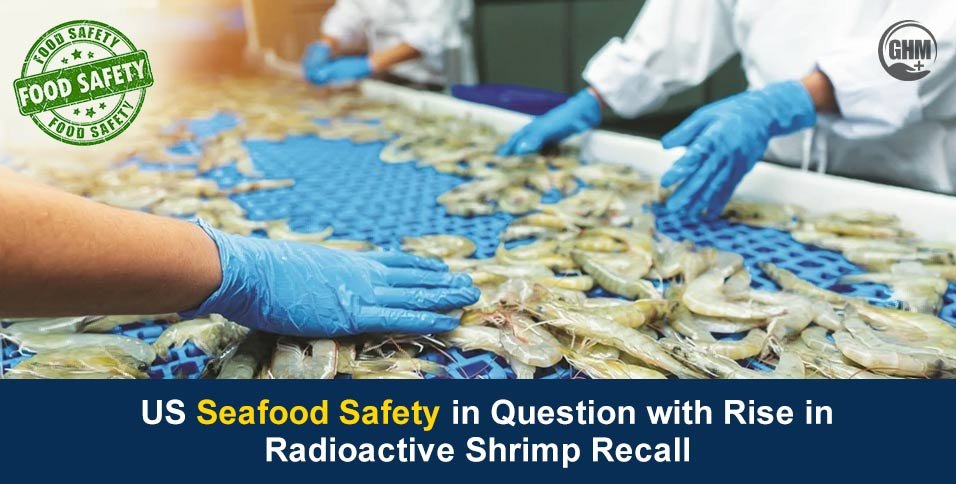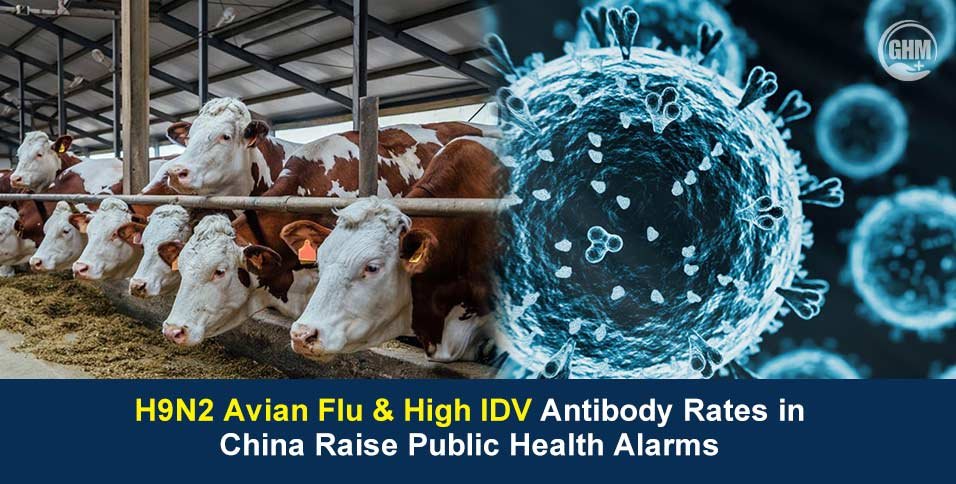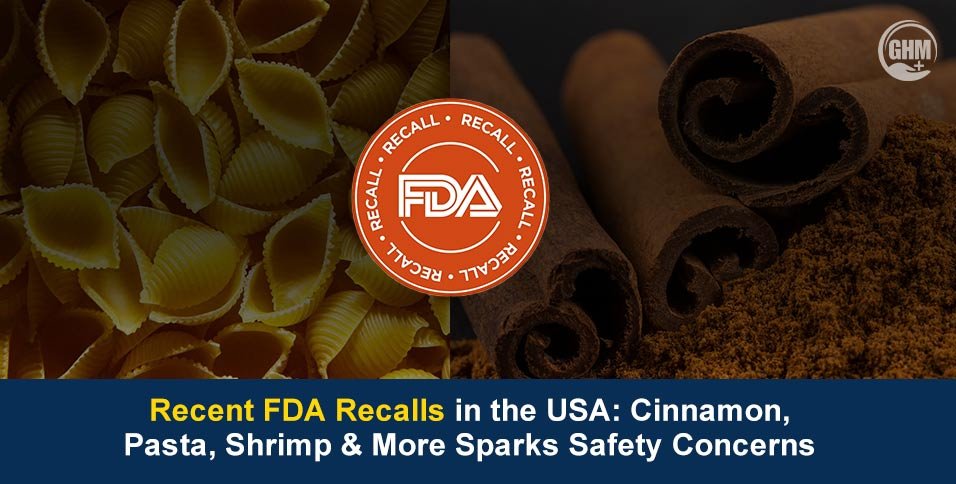The U.S. Food and Drug Administration (FDA) has expanded its investigation after reports of radioactive contamination in shrimp imports, prompting multiple companies to recall shrimp products nationwide. The contamination reportedly involves Cesium-137 (Cs-137), a radioactive substance that poses serious health risks if consumed in significant amounts.
This alarming discovery has raised serious concerns about US seafood safety, especially as the country heavily relies on imported seafood.
On August 20, the FDA first announced that it was looking into reports of radioactive material detected in certain frozen shrimp packages. Since then, several suppliers and grocery chains have voluntarily recalled their products to prevent potential health risks.
Significance Of This Recall
The U.S. is one of the largest consumers of shrimp in the world, eating over 5 pounds per person per year on average. According to the National Oceanic and Atmospheric Administration (NOAA), more than 90% of seafood consumed in the U.S. is imported, with a significant amount coming from countries where regulatory oversight may differ.
This means any contamination could affect millions of consumers, whether it is radioactive, chemical, or bacterial.
What is Cesium-137?
Cesium-137 (Cs-137) is a radioactive isotope that forms as a byproduct of nuclear fission, the process used in nuclear power plants and nuclear weapons. It has a half-life of about 30 years, meaning it stays radioactive for decades.
When Cs-137 is released into the environment,
- Dissolves easily in water, allowing it to spread quickly in oceans and rivers.
- Accumulates in marine life, such as shrimp, fish, and shellfish, as they absorb contaminated water or feed on smaller organisms carrying the isotope.
- Emits gamma radiation, which can damage living cells and DNA.
Health Risks of Cs-137
If humans ingest contaminated seafood, Cs-137 can accumulate in soft tissues, especially muscles. Over time, this increases the risk of,
- Certain cancers, especially thyroid and soft tissue cancers
- Weakened immune function
- Genetic damage that may lead to long-term health problems
Cs-137 in Seafood
Radioactive contamination like Cs-137 usually enters marine ecosystems through industrial accidents or nuclear waste leaks.
Some past incidents:
- Fukushima Daiichi nuclear disaster (2011): Cs-137 leaked into the Pacific Ocean, leading to ongoing monitoring of seafood caught near Japan.
- Chernobyl (1986): Fallout from the disaster spread Cs-137 across Europe, contaminating both land and water sources.
The origin of contaminated shrimp in the U.S. is unknown, but they were processed by an Indonesian company doing business as BMS Foods.
Role Of the FDA
The FDA has strict protocols for testing imported seafood, but this case shows potential gaps in the system. Currently, only a fraction of imported shipments are inspected before reaching U.S. stores.
The FDA is,
- Testing all recalled shrimp samples to determine contamination levels.
- Increasing inspections on shipments coming from certain countries.
- Working with international agencies to trace the source of contamination.
The Bigger Issue: U.S Seafood Safety
This incident is shedding light on a larger, ongoing issue: the safety of imported seafood.
Key challenges:
- Lack of consistent global regulations: Some countries have looser safety standards than the U.S.
- Limited inspections: Only about 2% of imported seafood shipments are physically inspected by the FDA.
- Complex supply chains: Shrimp often passes through multiple countries before reaching American grocery stores, making it difficult to trace its origin.
Past Contamination Cases
This is not the first time seafood safety has been questioned.
- In 2019, shrimp imports were recalled due to high levels of antibiotics banned in the U.S.
- Several studies have detected microplastics in fish and shellfish consumed by Americans.
- Mercury contamination remains a concern for certain fish species like tuna and swordfish.
These cases show that seafood safety is a recurring challenge, not a one-time issue.
Consumers’ Responsibility
While government agencies work on preventing contamination, consumers can take steps to reduce their risk,
- Check recalls regularly on the FDA website.
- Buy from trusted sources, such as stores with clear labeling and certification.
- Cook seafood thoroughly to kill bacteria and parasites, though cooking won’t remove radioactive contaminants.
- Diversify seafood choices to avoid overexposure to any single contaminant.
Note: Cooking shrimp does not remove radioactive contamination like Cs-137.
If the shrimp package matches any of the recalled identifiers, it should be thrown away immediately or returned to the place of purchase for a refund.
A Wake-Up Call
The discovery of Cs-137 in shrimp is a serious warning for the seafood industry and regulatory authorities. Experts suggest several steps moving forward:
- Increasing the percentage of inspected seafood shipments at U.S. borders.
- Introducing mandatory labeling of the country of origin and testing details.
- Strengthening international cooperation to prevent environmental contamination at its source.
Conclusion:
While no illnesses have been reported, this recall is a reminder that the seafood safety of the U.S is a shared responsibility between regulators, suppliers, and consumers. By staying informed and cautious, Americans can reduce their risk and push for stronger food safety standards.



















